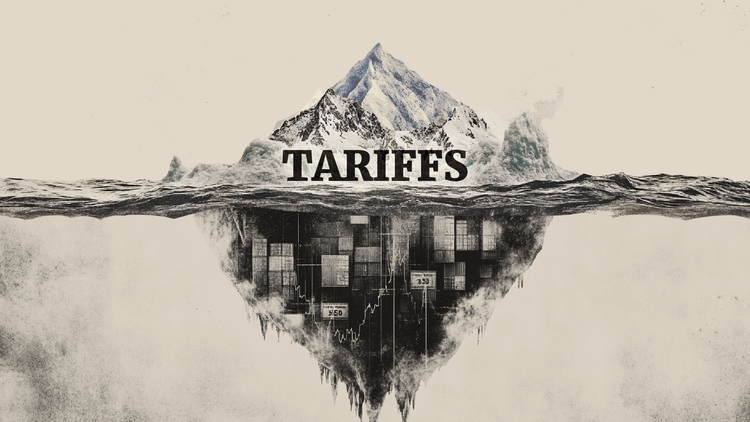The unemployment rate dropped to 11.6% in the quarter from September to November, according to data from the Continuous National Household Sample Survey (Pnad), released this Friday (28) by the Brazilian Institute of Geography and Statistics (IBGE). ).
In the previous moving quarter, from July to September, the rate had been 12.6%.
The number of unemployed decreased by 10.6% in this period, which is equivalent to 1.5 million fewer people in this group, which now totals 12.4 million.
Compared to the same period in 2020, the drop is 14.5% (2.1 million fewer in search of work).
In comparison with the quarter ended in August, the number of employed persons increased by 3.5%, which corresponds to 3.2 million more people in the labor market, says the IBGE.
The occupancy level, which corresponds to the percentage of employed persons in the working age population, increased by 1.7 percentage points from one moving quarter to the other, at 55.1%.
The numbers indicate a trajectory of recovery of the labor market in recent quarters, highlights the institute, but also reflect the “seasonality of the end-of-year months, a period in which activities related mainly to commerce and services tend to increase hiring”, says the coordinator of Work and Income at IBGE, Adriana Beringuy, in a note.
Trade was largely responsible for this advance, highlights the study. The sector absorbed 719,000 more people in the three months through November compared to the previous period, an increase of 4.1%.
The industry also contributed, with a 3.7% growth in hiring in the period, which represents an increase of 439 thousand people.
The accommodation and food segment, highlighted by the IBGE as one of the most affected since the beginning of the Covid-19 pandemic, showed a 9.3% increase in the number of workers, or 438,000 more employees.
Signed wallet advances
The number of employees with a formal contract in the private sector increased by 4% in the period (an increase of 1.3 million people), following the trend of previous quarters.
“In the private sector, the segments of commerce, industry, health and education and of information and communication technology were the ones that most expanded their occupation with workers with a formal contract”, says the researcher.
The number of people employed without a formal contract in the private sector also rose, with an increase of 7.4% (addition of 838 thousand people). Compared to the same period of the previous year, the increase was 18.7%.
The number of self-employed also grew: the increase was 588 thousand people (2.3%) compared to the last quarter and 3.2 million (14.3%) compared to the quarter ended in November 2020. category of domestic workers, the increase in occupation was 6.0% compared to the previous quarter and 22.5% compared to the same quarter of 2020.
lower income
Despite the increase in the number of workers, research shows that people are earning less. The study highlights that, even with the mass of usual real income stable at BRL 227 billion, the usual real income fell 4.5% compared to the previous quarter, to BRL 2,444, the lowest ever recorded by the survey’s historical series, which began in 2012.
In the annual comparison, the fall is of 11.4%.
“This means that, despite a significant increase in occupation, people who are entering the job market earn less. In addition, there is the inflationary effect, which influences the drop in the real income received by workers”, explains Beringuy.
Meanwhile, the informality rate remained stable compared to the previous moving quarter, at 40.6%, despite the increase in the number of informal workers.
The specialist points out that, of the growth of 3.2 million workers in the number of employed people, 43% came from informal work.
Reference: CNN Brasil
I am Sophia william, author of World Stock Market. I have a degree in journalism from the University of Missouri and I have worked as a reporter for several news websites. I have a passion for writing and informing people about the latest news and events happening in the world. I strive to be accurate and unbiased in my reporting, and I hope to provide readers with valuable information that they can use to make informed decisions.







